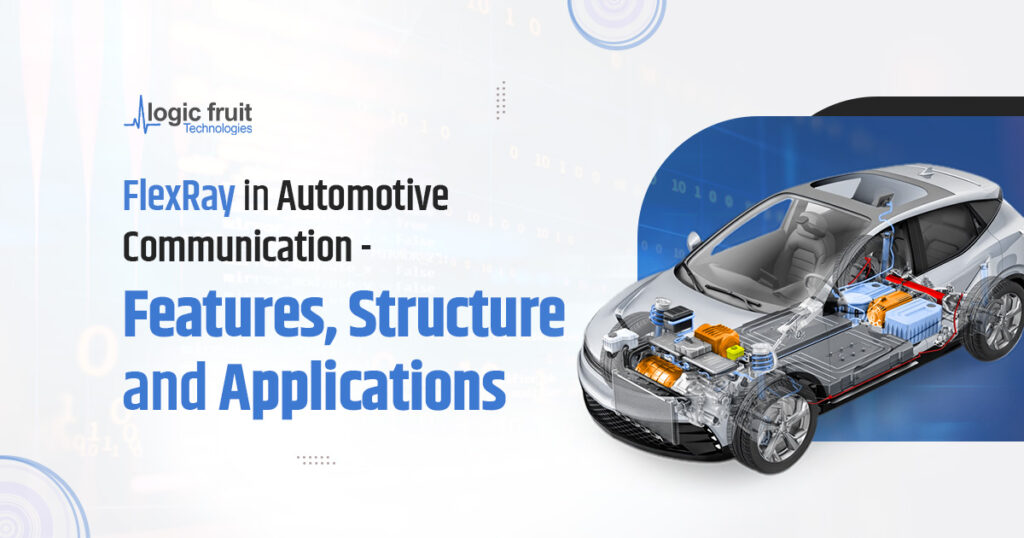In recent years, there has been a significant shift in the criteria for data throughput, fault tolerance, and predictable behaviour for automotive buses.
Many more electronic components are needed for new applications like throttle-by-wire and stability control, which all demand more data, predictable behavior, and dependability.
To meet these needs, the FlexRay communication protocol was created. A cutting-edge communication protocol called FlexRay was created to satisfy the demanding needs of sophisticated automotive systems.
With its predictable and fast transmission, it is perfect for applications like drive-by-wire systems that need to convey data in real time.
The key component of the protocol is the FlexRay communication cycle. It is composed of a Network Idle Time (NIT), a Symbol Window, a Static Segment, and a Dynamic Segment.
With a dual channel data throughput of 10 Mbps, the FlexRay automotive communication system is a bus protocol designed for sophisticated in-vehicle control applications.
Although the Protocol is more costly than the CAN protocol, it is intended to be quicker and more dependable. It functions using a deterministic communications method.
This protocol was established by the FlexRay consortium, which was dissolved, however, the FlexRay standard is currently included in ISO Standards.
Because of the installation of safety and ADAS elements in the vehicle, FlexRay is predicted to have the greatest automotive communication technology market size in Europe.
Next, an infographic will provide a detailed visual representation of FlexRay technology, highlighting its key features and applications in automotive communication.
Understanding FlexRay – Key Features and Applications in Automotive Communication

Improve your automotive communication systems with Logic Fruit’s FlexRay RTL IP Core. Our solution addresses the limitations of traditional CAN protocols, providing high-speed and reliable communication for advanced vehicles.
Learn more about how our IP Core can enhance your designs by clicking here










